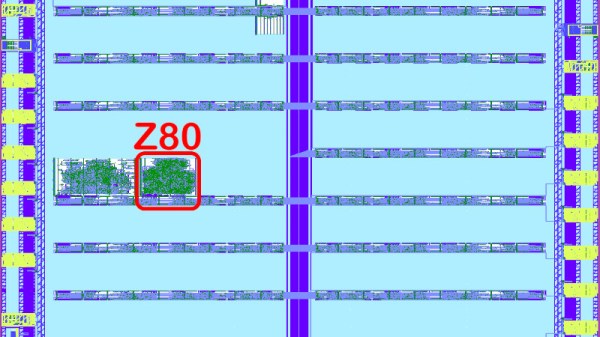There’s a popular Sysadmin meme that system problems are “always DNS”. In the realm of security, it seems like “it’s always Unicode“. And it’s not hard to see why. Unicode is the attempt to represent all of Earth’s languages with a single character set, and that means there’s a lot of very similar characters. The two broad issues are that human users can’t always see the difference between similar characters, and that libraries and applications sometimes automatically convert exotic Unicode characters into more traditional text.
This week we see the resurrection of an ancient vulnerability in PHP-CGI, that allows injecting command line switches when a web server launches an instance of PHP-CGI. The solution was to block some characters in specific places in query strings, like a query string starting with a dash.
The bypass is due to a Windows feature, “Best-Fit”, an automatic down-convert from certain Unicode characters. This feature works on a per-locale basis, which means that not every system language behaves the same. The exact bypass that has been found is the conversion of a soft hyphen, which doesn’t get blocked by PHP, into a regular hyphen, which can trigger the command injection. This quirk only happens when the Windows locale is set to Chinese or Japanese. Combined with the relative rarity of running PHP-CGI, and PHP on Windows, this is a pretty narrow problem. The XAMPP install does use this arrangement, so those installs are vulnerable, again if the locale is set to one of these specific languages. The other thing to keep in mind is that the Unicode character set is huge, and it’s very likely that there are other special characters in other locales that behave similarly.
Downloader Beware
The ComfyUI project is a flowchart interface for doing AI image generation workflows. It’s an easy way to build complicated generation pipelines, and the community has stepped up to build custom plugins and nodes for generation. The thing is, it’s not always the best idea to download and run code from strangers on the Internet, as a group of ComfyUI users found out the hard way this week. The ComfyUI_LLMVISION node from u/AppleBotzz was malicious.
The node references a malicious Python package that grabs browser data and sends it all to a Discord or Pastebin. It appears that some additional malware gets installed, for continuing access to infected systems. It’s a rough way to learn. Continue reading “This Week In Security: Unicode Strikes Again, Trust No One (Redditor), And More”




















